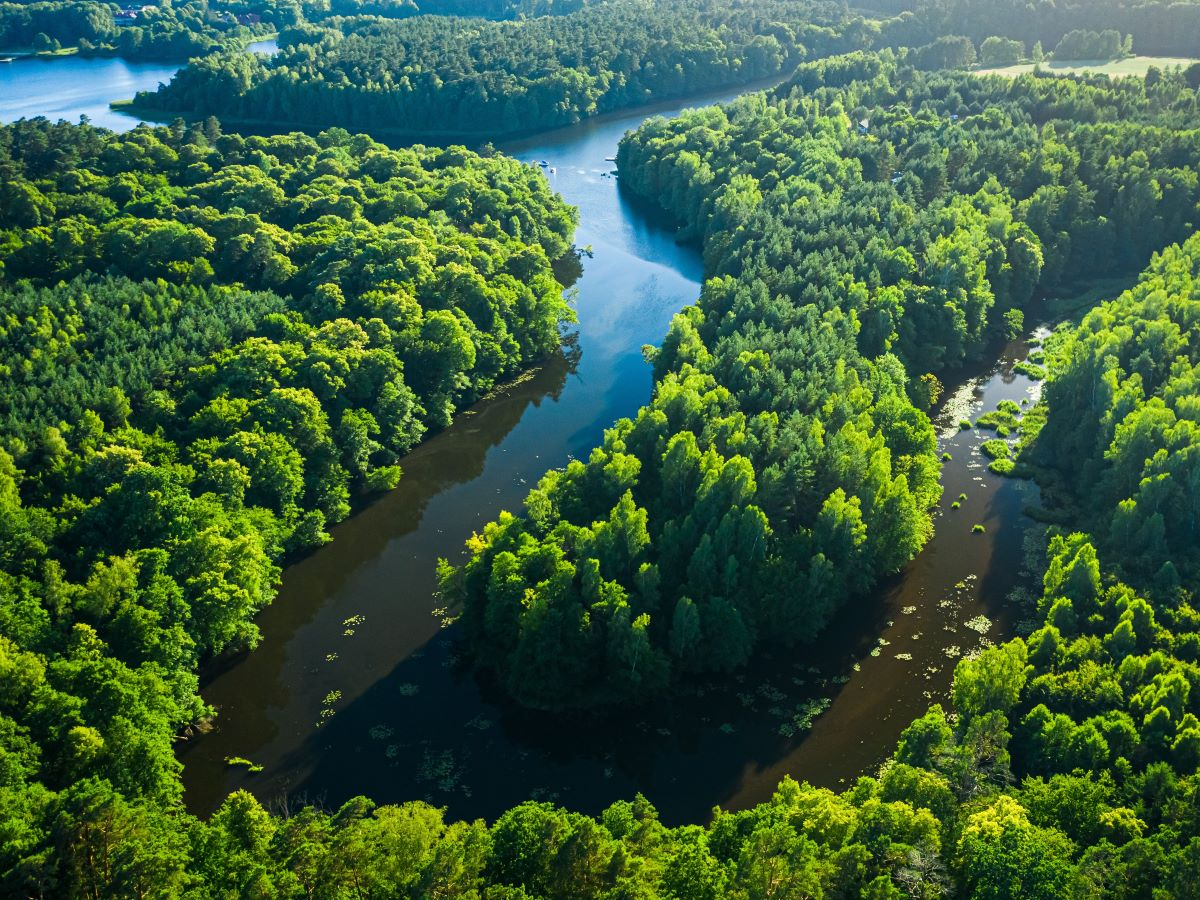On 28 August, during World Water Week, UN-Water and the United Nations Environment Programme (UNEP) released three reports to track progress towards the sustainable development goal “clean water and sanitation for all” (SDG 6). Specifically, the three reports cover the triennial progress on ambient water quality with a special focus on health (SDG 6.3.2), the implementation of integrated water resources management with a focus on climate change (SDG 6.6.1) and the state of water-related ecosystems, with a focus on biodiversity (SDG 6.6.1). This is a mid-term assessment of SDG6, considering that the UN Agenda 2030 is now halfway through its journey.
According to the papers, in the majority of the world’s countries, one or more types of freshwater ecosystems are currently degraded, including rivers, lakes and aquifers. River flow has significantly decreased, surface water bodies are shrinking or being lost, ambient water is increasingly polluted and water management is off-track. However, not everything is lost. The three reports are in fact based on the largest set of data ever collected, at a time when global political commitments to sustainable water management are increasing, as proved by the Freshwater Challenge and the approval of a resolution on water at the last UN Environment Assembly, last February. UNEP and UN-Water therefore reiterate their recommendations, from improved environmental monitoring to new strategies to attract financial resources.
Freshwater, half the world’s ecosystems are degraded (SDG 6.6.1)
With respect to the state of ecosystems (SDG 6.6.1), UNEP and UN-Water report the degradation of one or more freshwater ecosystems in 90 of the 185 countries that monitor this indicator. Most of these are located in Africa, Central Asia and Southeast Asia. Other regions, such as Oceania, show improvements. However, the deterioration is not caused by a single factor, but often by a cocktail of pollution, dams, land conversion, over-extraction and climate change.
Two of these factors in particular, climate change and land use, have led to a decrease of river flow in 402 basins worldwide -- a fivefold worsening since 2000. A much smaller number is gaining in river flow. The loss of mangroves caused by human activities threatens coastal communities, water resources, biodiversity and climate. Despite significant declines in Southeast Asia, the overall net rate of deforestation has leveled off in the last decade. As for lakes and other surface water bodies, 364 basins worldwide are declining or being lost entirely. However, the construction of reservoirs contributes to a global net gain in permanent water, mainly in regions such as North America, Europe and Asia.
Insufficient monitoring of water quality (SDG 6.3.2): Citizen science and satellites are some of the solutions
The poorest half of the world provides less than 3% of global water quality data points, with only 4,500 lake quality measurements compared to the nearly 250,000 needed. Considering that by 2030 more than half of humanity will live in countries with insufficient data to manage droughts, floods, and pollution from wastewater and agricultural runoff, UNEP and UN-Water stress the urgency of improving monitoring. But how can we fill this gap? Renewable Matter asked Dianna Kopansky, Head of the Freshwater and Wetlands Unit of the Ecosystems Division at UNEP, co-author of the report.
“In addition to capacity development in water quality monitoring and assessment, which UNEP’s GEMS/Water programme has been promoting for nearly 50 years, there are three main options to fill the water quality data gap,” Kopansky explains. UNEP suggests that “satellite-based Earth Observation products; water quality models and citizen science”. That is, the active involvement of citizens in the collection, analysis and interpretation of data. “All of which have a role to play if we are to improve the availability of information on how our freshwaters are changing. Through the World Water Quality Alliance, UNEP GEMS/Water is working with partners to develop these technologies in a way that creates ‘SDG-ready’ information that can be combined with national water quality monitoring programme data. This is essential - to ensure these approaches create reliable information, they need validation with data that are generated in countries and by countries. This means that conventional monitoring systems involving monitoring stations and laboratories are still very much relevant and needed.”
Citizen science has great potential to contribute to achieving SDG Goal 6.3, Kopanksy adds.“With our partners including EarthWatch, we are supporting several country pilots and for the first time, two countries: Sierra Leone and Zambia, incorporated citizen science data with their own national authority data for SDG indicator 6.3.2 reporting. We hope that this will be the start of the normalisation of this approach and together with partners under the World Water Quality Alliance we have created a policy brief (to be launched September 19th) to help kick start this process. This approach has value to all countries and can provide data for water bodies that are not easily included in national monitoring programmes, and also allows data to be collected at higher frequencies helping to build a more complete picture of how water quality is changing. On top of the extra data, citizen science helps to bridge the gap between national authorities and local communities who have most to gain by properly managed water resources, and are also best placed to effect change.”
Inadequate progress on water resources management in over 100 countries
Balancing competing needs for sustainable water use from society and the economy requires the implementation of integrated water resources management. The report on Integrated Water Resources Management – IWRM (SDG 6.6.1) states that 47 countries have fully or almost fully achieved IWRM, 63 countries need to accelerate implementation, while 73 countries have only limited capacity for IWRM. At the current rate of reported progress, the world will only achieve sustainable water management by 2049. This means that by 2030, at least 3.3 billion people in over 100 countries are likely to have ineffective governance frameworks to balance competing water demands.
Solutions include unlocking finance through revenue raising and cost recovery agreements, investments in infrastructure and management, as well as coordinated actions, increased institutional capacity and better monitoring networks. “The social and economic value of these vital water resources is unquestionably high (the World Wildlife Fund estimates that the total quantifiable economic value of water is around $58 trillion per year), yet the relatively small sums of money needed to implement monitoring programmes still seems too much – this needs to change and UNEP is working on multiple fronts to bring this change about.”
Addressing financial shortfalls. The water-energy-food-ecosystems nexus
In regard to water management, there would be a wide range of options to increase financing. In the report, UNEP and Un-Water make two main recommendations. “Firstly, we need to get the basics right. We need to make sure that there are user-pays and polluter-pays revenue raising mechanisms in place. This requires strong institutions with both mandate and technical capacity to collect revenue. So it’s a multi-faceted challenge. Secondly, we need to make the case that investments in water management and infrastructure support other economic sectors and multiple development objectives, such as those related to food and energy security. And governments should consider a range of blended finance arrangements appropriate to their national circumstances, and there are more examples of those in the report.”
This is precisely where the water-energy-food-ecosystems nexus comes into play, an approach that has the interconnection of these resources at its core. “If we take this approach, then cost recovery is not only considered in water revenues, but also, for instance, in revenues for food and energy production. Similarly, national budgetary contributions could also be directed towards water from budgets related to agriculture and energy. And they should be.”
This article is also available in Italian / Questo articolo è disponibile anche in italiano
Cover image: Envato



